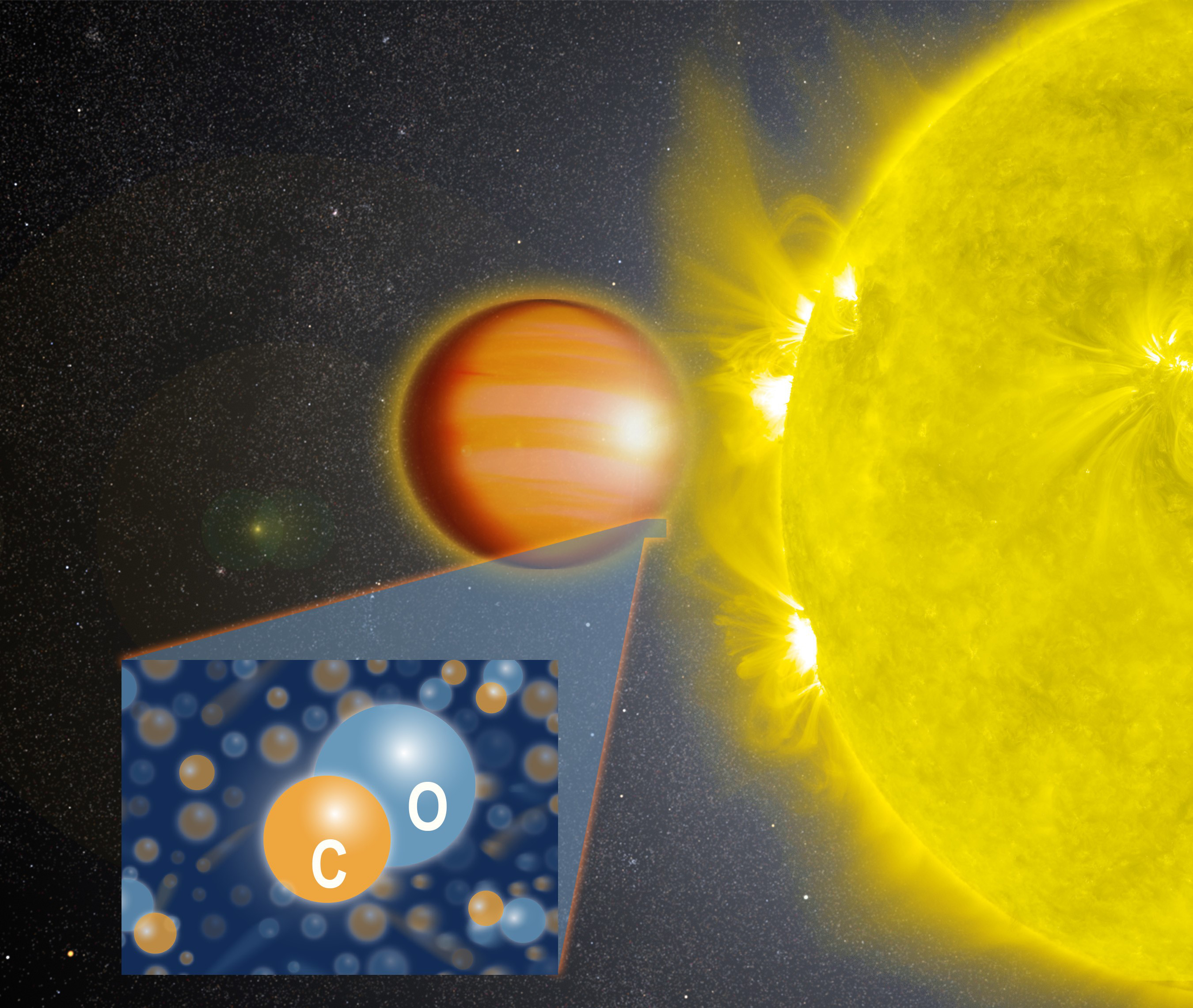WASP-18b on:
[Wikipedia]
[Google]
[Amazon]
WASP-18b is an extrasolar planet that is notable for having an orbital period of less than one day. It has a mass equal to 10 Jupiter masses, just below the boundary line between planets and brown dwarfs (about 13 Jupiter masses). Due to tidal deceleration, it is expected to spiral toward and eventually merge with its host star, WASP-18, in less than a million years. The planet is approximately from its star, which is about from Earth. A team led by Coel Hellier, a professor of astrophysics at Keele University in England, discovered the exoplanet.
Scientists at Keele and at the University of Maryland are working to understand whether the discovery of this planet so shortly before its expected demise (with less than 0.1% of its lifetime remaining) was fortuitous, or whether tidal dissipation by WASP-18 is actually much less efficient than astrophysicists typically assume. Observations made over the next decade should yield a measurement of the rate at which WASP-18b's orbit is decaying.
The closest example of a similar situation in the Solar System is Mars' moon Phobos. Phobos orbits Mars at a distance of only about , 40 times closer than the Moon is to the Earth and is expected to be destroyed in about eleven million years.
Dayside temperature measured in 2020 is .
The study in 2012, utilizing a Rossiter–McLaughlin effect, has determined the planetary orbit is well aligned with the equatorial plane of the star, misalignment equal to 13°.


See also
* SuperWASPReferences
External links
{{Phoenix (constellation) Exoplanets discovered by WASP Exoplanets discovered in 2009 Giant planets Hot Jupiters Transiting exoplanets Phoenix (constellation)